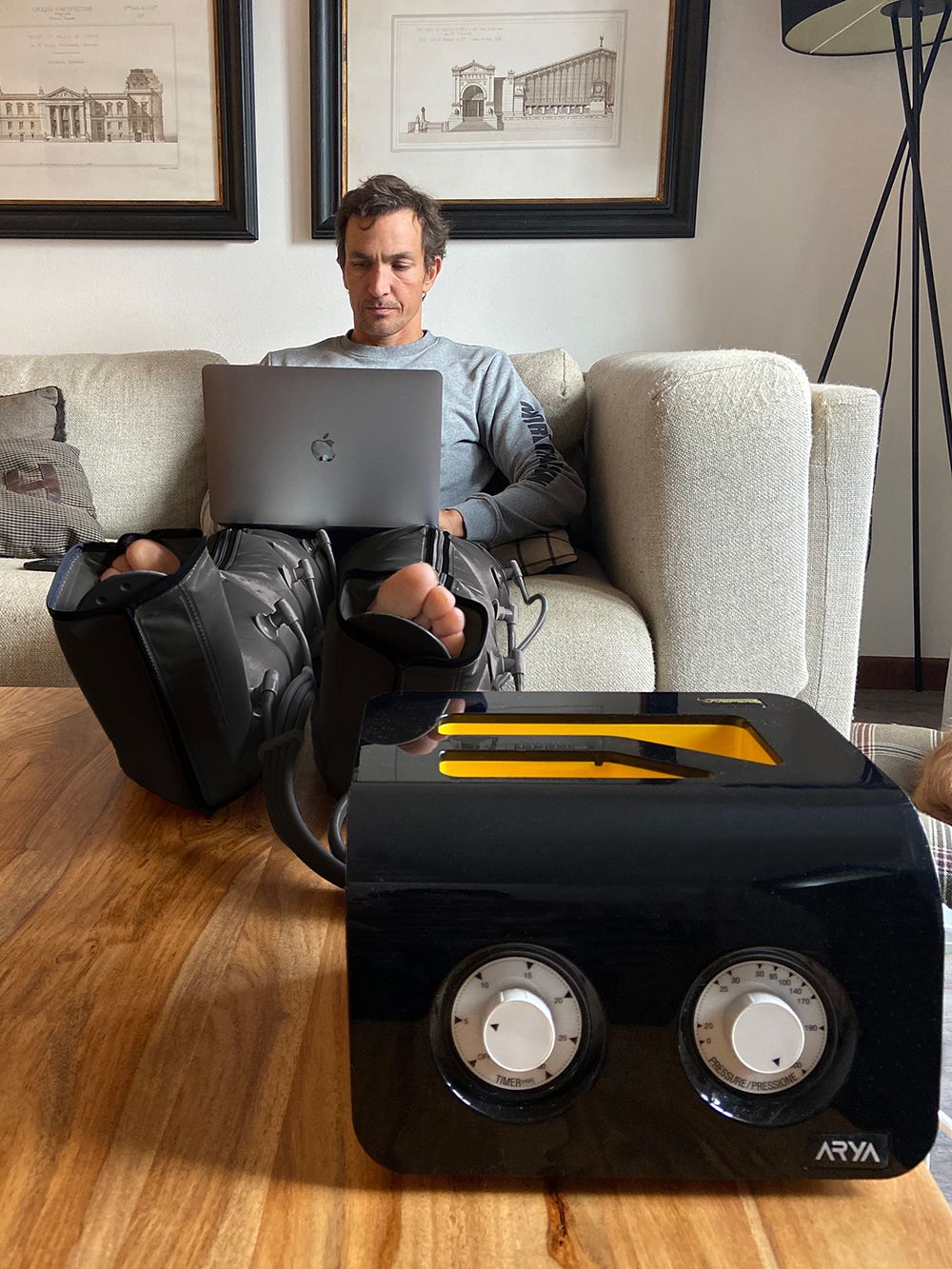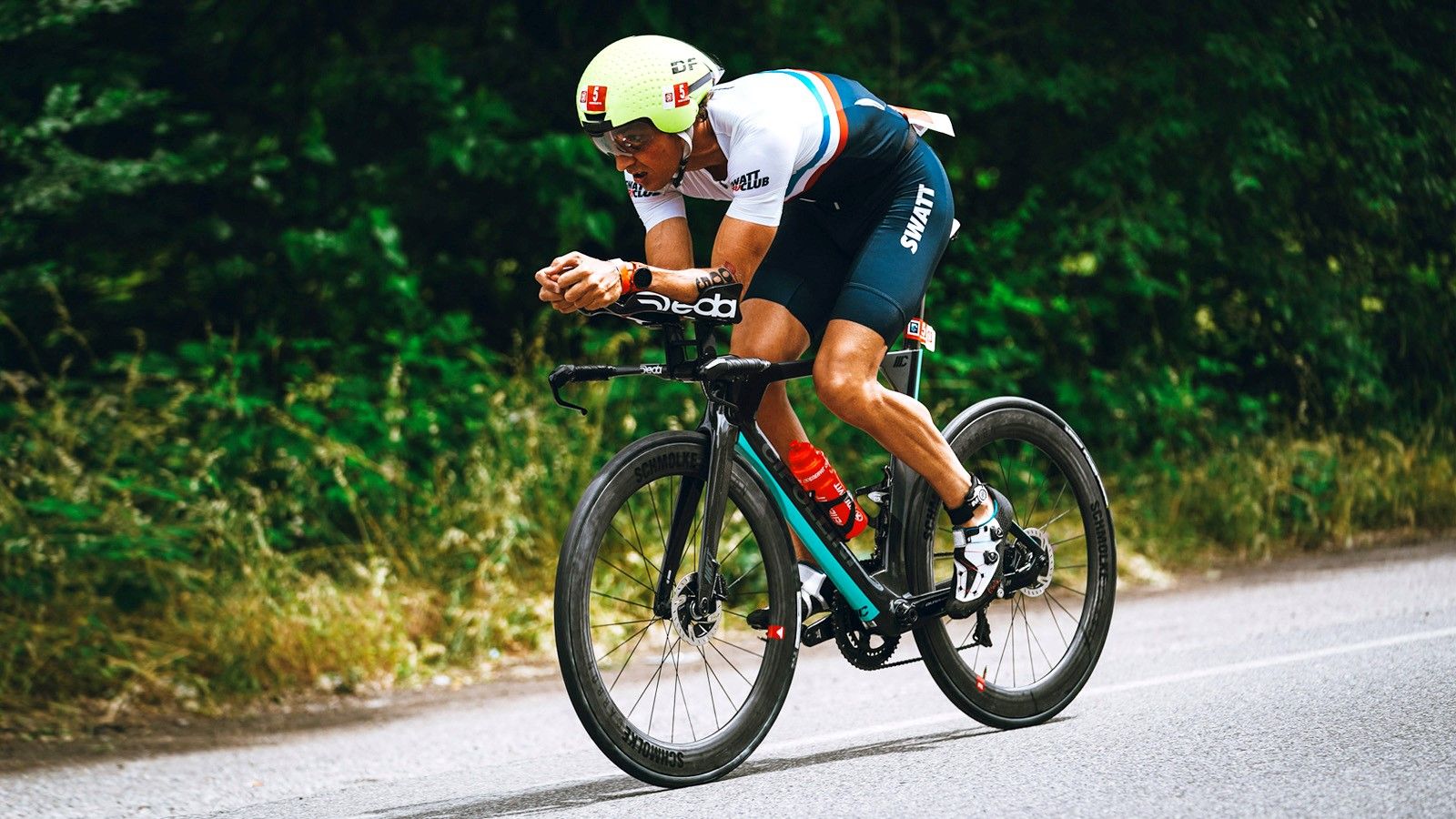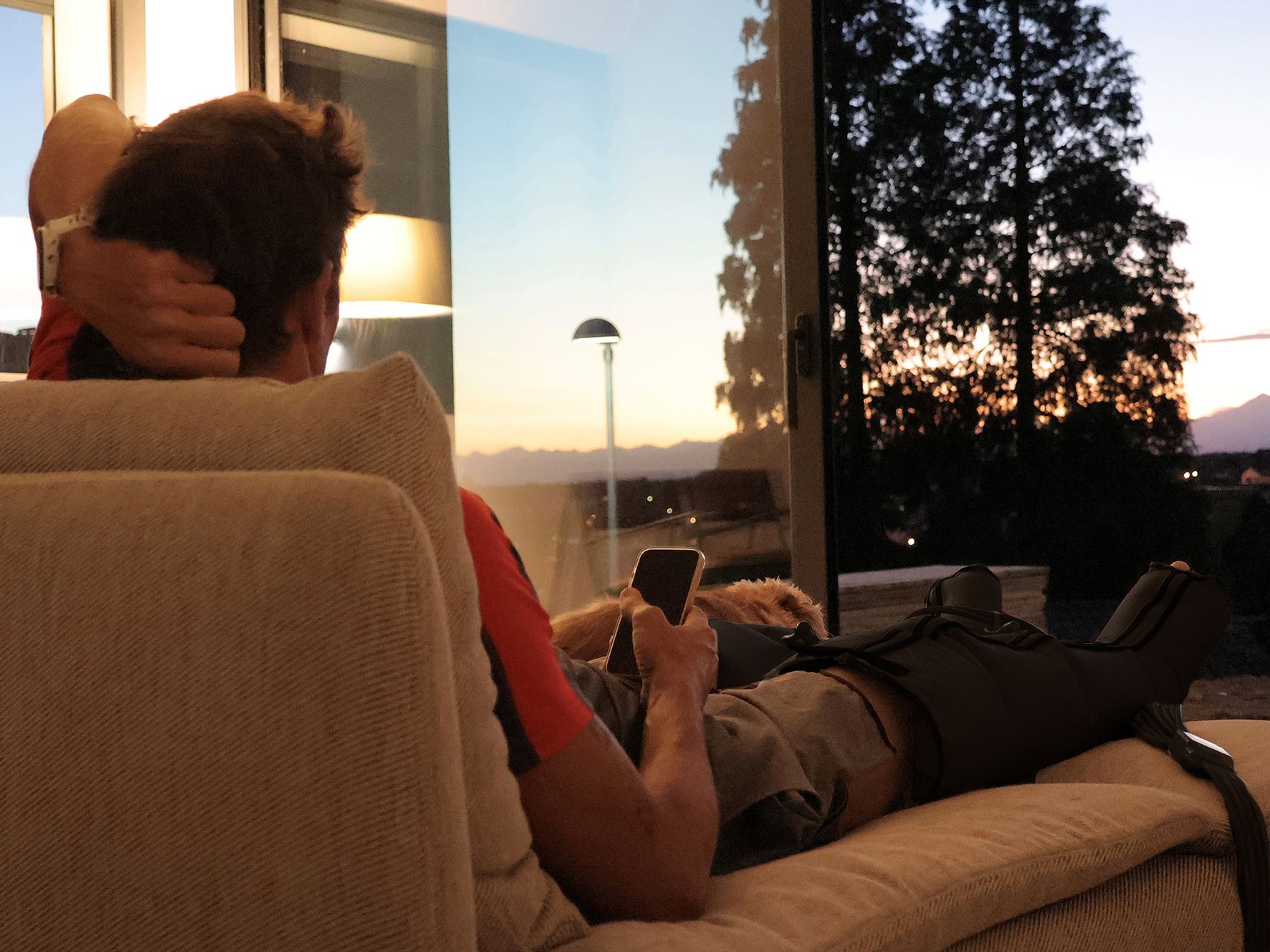A few months ago, at the threshold of my 47 years, the ophthalmologist prescribed me glasses to read, the close-up ones, explaining to me, with absolute authority, that the muscles that stretch the retina lose elasticity and that is why, in simple words, I do not see a bat. Unfortunately, it is not just the eyes that lose elasticity, as we can imagine and know. Indeed, this happens to all the muscles of the body, and while for reading you just wear glasses, to continue to run fast you have to accept the new game rules.
Over the years, each in its own way passes this path of (not only) athletic aging. It is inexorable and inevitable, but if we are really convinced that we want to perform again after reaching 40 years, surely we can get some degree of satisfaction and even reach remarkable goals.
In 2019, my final year as a professional athlete, at Kona’s IRONMAN World, I was the man with the highest age on the starting list, and the year before, in November, when I was 43, I won the IRONMAN Taiwan by earning the slot for Hawaii. A “strenuous” victory: I arrived in Asia knowing I was not the guy I once was, but equally sure that with my cunning, knowing how to better exploit the conditions of the hot and windy climate, I could have said my piece and repeated the victory of 2016.
What can we do then? As I often write and do in my personal and professional life: to limit the confusion we must dictate a few rules and try to guide our choices.

Promote recovery
As we all know, what we lose over the years is, above all, our resilience. At 25, a good night’s sleep gave us a new body after a hard day. At 45, it takes maybe two or three nights. What is important thing is being aware of it, the most difficult thing is to accept it. Then, adapt and organize. What still changes at 45 compared to 25? Usually, we also have more commitments – family, work, children, parents… – and therefore less time at our disposal. Modern tools, which can also be used at home, with pressotherapy, massage, foam roller and electrostimulation, make things easier for us.
Sleep well
Sleep, or better night rest, is fundamental. It restores hormonal function. How can you improve it? In addition to the same old advice, I have always needed 15 minutes of yoga, meditation, breathing exercises, stretching, or the like. These techniques help activate the recovery processes and the parasympathetic system, in other words unplugging.
A proper nutrition
It is crucial to eat properly. A balanced diet enables us to control our glycaemic responses to food and maintain moderation based on workloads. An anti-inflammatory diet is the basis for putting the body and head in a position to perform when given the right incentives.
As you age, taking care of every detail of your personal and sporting life becomes increasingly important. Everything revolves around the word RECOVERY.
Ad hoc training
As we get older, we can become more resilient, and our bodies can easily remember the long rides we have made over the years. We do not have to insist too much on the long ones. It is recommended to insert high-intensity, repeated, fast, and VO2max. We need to slow down. Some workouts must be done in zones 1 and 2 to enhance the base and aerobic efficiency and, if necessary, to recover from the intense workouts.
As we get older, we lose especially strength, tone, and muscle volume. Therefore, the advice is to insert one or two sessions per week of dry strengthening.

The "momentum"
I was very precise about the choice of competitions at the end of my career. I identified only two peaks of form per year, building them progressively without crashing if the performances were not optimal, and playing all the cards on D-day. Transition races are essential to improve shape, train the competitive spirit, and feed the tiger. After each cycle, I suggest scheduling two weeks of total discharge with alternative workouts, and without the anxiety of losing shape.
The competition
Here comes the less rational part, the determination and the deep desire to do well, and the awareness that when the decisive day comes, you have to honour it as best you can. The preparation puts us in a position to do well but then, we have to interpret the day and its unforeseen events. At that moment we have to try to make race the most fundamental thing in our lives. A second after the finish line, the worry will be back to work on Monday. However, for a few hours, we had the opportunity to show the young people that we were still there, and to prove to ourselves that we still had control over ourselves.
WHAT HIDES AROUND THE CORNER?
Injuries are around the corner for an aging athlete. A simple contraction, tension, or inflammation can stop us for weeks. As soon as we have a warning, it is better to intervene with an activity stop and contrast therapies, depending on the case: ice or cryotherapy, ultrasound or magnetotherapy. Therapies that today we can do comfortably even at home.
Edited by Daniel Fontana

